
views
- Kittens start to get teeth around 2 to 4 weeks old and have all their adult teeth by 6 months. Young cats have sharp, white teeth and older cats' teeth are dull and yellow.
- Older cats (ages 9+) might have clouded eyes with tearing or discharge, while younger cats tend to have clear, bright eyes.
- Kittens have tighter skin and toned muscles, while middle-aged cats have a more round body shape. Seniors may have saggy skin and defined shoulder bones.
Teeth
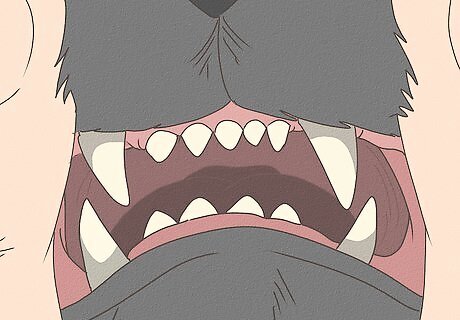
Cats have all their adult teeth by 6 months old. Cats typically start to get their deciduous (baby) teeth at around 2 to 4 weeks old and have all their adult teeth by about 6 months old. When your cat is relaxed and comfortable, gently lift your cat’s lips and look at their teeth to get an idea of how old they are. Kittens get their incisors (a row of tiny teeth at the bottom front) at around 2 to 4 weeks, their canines (the 4 large front teeth) at around 3 to 4 weeks, and their premolars (the teeth at the side of their mouths) at around 4 to 6 weeks. Cats typically don’t get their molars (their very back teeth) until around 4 months old.
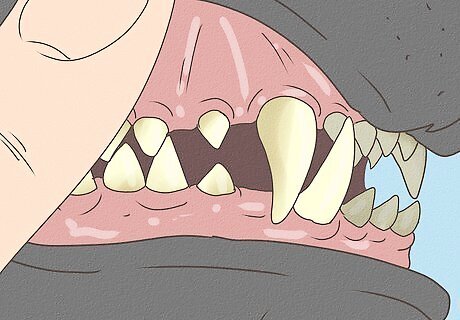
Yellowed teeth can indicate that your cat is 2+ years old. Staining or tartar can also be used to estimate your cat’s age. If you see slight yellowing along your cat’s teeth behind their cheek, your cat might be 1 to 2 years old. The more tartar you see along their teeth, the older your cat probably is. Some cats have worse teeth than others depending on their genetics and their diet. Consider your cat's teeth along with other factors for the most accurate way to determine their age.
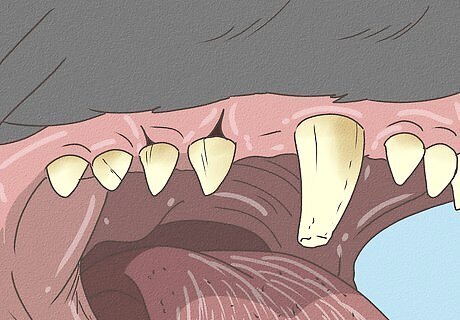
Dulled or worn teeth are most common in cats that are 5+ years old. As cats age, their teeth tend to get duller and more worn down. Worn-down teeth appear duller, with points that have dulled or worn down. Generally, a cat will begin to show signs of tooth wear when they’re about 5 years old. When cats are 5 to 10 years old, their teeth show increased wear and their gums might appear a different a different color than the rest of their mouth. When cats are 10 years or older, their teeth are worn, show heavy tartar build-up, and some of their teeth might even be missing.
Eyes

Clouded eyes, tears, or delayed dilation can occur in 9+ year old cats. Healthy kittens and early adult cats have clear, bright eyes with no tears or discharge. Cats that are 9 years or older may have cloudy bluish eyes. They may have tears or discharge in their eyes and the iris (the colored part of the eye) might not close and open as much as it did when the cat was younger. Older cats’ irises might also have a wavy edge. Usually, a veterinarian has to examine their eyes to look for this change. Runny eyes can also be a sign of illness or injury—check with your veterinarian right away if you think your cat might have a health problem.
Sexual Maturity
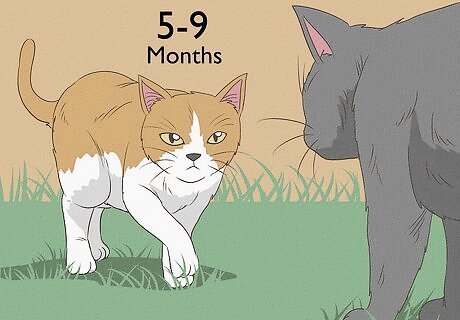
Cats reach sexual maturity and seek out mates at 5 to 9 months old. Cats that haven’t been spayed or neutered might give you clues about their age based on their sexual maturity. Male cats typically reach sexual maturity at around 6 months, while female cats typically have their first heat (estrus cycle) between 5 and 9 months. When a male cat reaches sexual maturity, he might territorially spray urine and his testicles might be more prominent just below his anus. When a female cat is in heat, she might be unusually affectionate, excessively groom herself, look for unneutered males, and/or vocalize loudly for several days. The length of the daylight and the cat’s weight might change the timing of the cat’s first estrus cycle. Vets tend to spay or neuter cats at an early age because it’s likely to spare them from dangerous health problems later on in life.
Coat Development
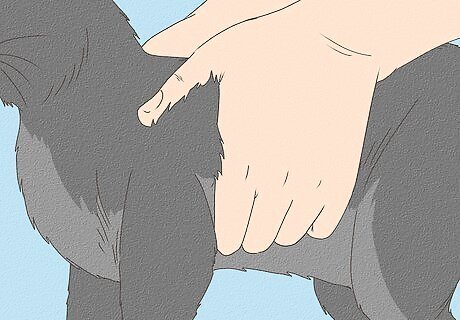
Fine, soft fur is a sign of a younger cat. Kitten fur tends to be short, fine, and soft. Between 6 and 12 months old, your cat’s coat thickens and coarsens. Your cat’s fur might also become darker or lighter in color. While looking at a cat’s fur doesn’t guarantee their age, it can help you estimate how old they are. You might see patches of gray hair on senior cats like humans get at older ages. Unfortunately, you can’t tell how old a cat is by its whiskers. Whiskers don’t grow at a faster or slower pace as the cat ages, and they usually stay the same length for a cat’s entire life.
Grooming Habits
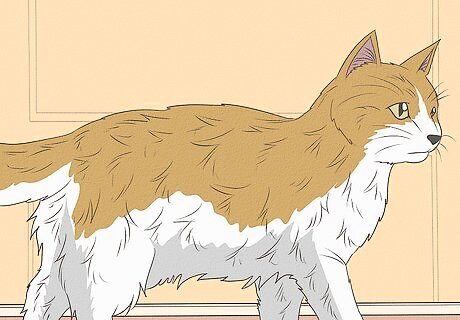
Matted fur or skin odor can indicate a cat is 10+ years old. Cats are generally incredibly diligent about keeping their coats clean. However, when they reach over 10 years old, they might not be as thorough with their grooming as they were when they were kittens. If your cat has hair matting or skin odor, they may be older than 10 years old. There are many reasons why older cats might lose the ability to groom themselves well, including dental pain, arthritis, or weight gain. A sudden lack of grooming can also be a sign that your cat has a health problem—take them to the vet if they stop cleaning themselves.
Activity & Mood

Older cats are generally less playful and happy than younger cats. Older cats might suffer from arthritis or have less energy because of age, which can make them lie around more and play with toys less than younger cats. Older cats might also be more aggressive, anxious, or fearful with age. Low energy and sudden weight loss or gain can also be signs of disease or dental problems. If you think your cat might be sick, take them to a veterinarian right away.
Weight & Body Shape
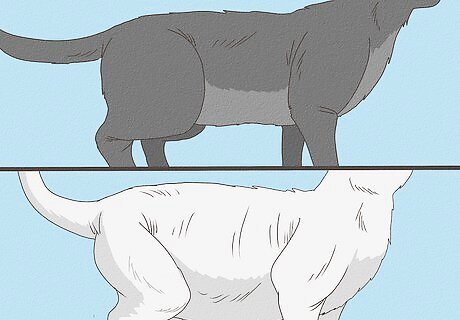
Younger cats have more defined muscles and less extra skin than older cats. While younger cats tend to have tighter skin and toned muscles, middle-aged cats may be rounder and more filled out. Older cats might have extra sagging skin and more defined shoulder bones. Up until kittens are about 5 months old, they tend to gain about a pound for every month they age. For example, a 3-pound kitten is most likely 3 months old. Estimating the age of a kitten by its weight might be more difficult if the cat has been underfed or is unhealthy. Older cats often become unable to process proteins as easily as younger cats, which can make them lose weight and appear more bony.
Veterinarian Visit
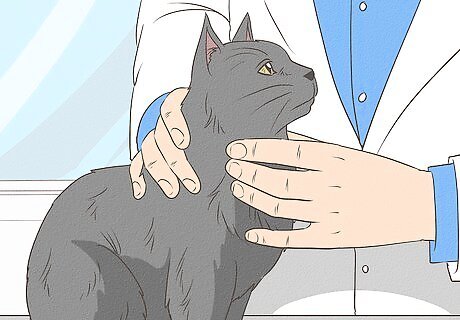
Take your cat to a veterinarian for the most accurate age estimation. A veterinarian will do a physical exam on your cat and be able to give you an age range. Additionally, they can look for any health issues. Adult and older cats eventually experience changes in their anatomy and physiology. For example, some diseases like an overactive thyroid are more common in older cats than younger cats.




















Comments
0 comment